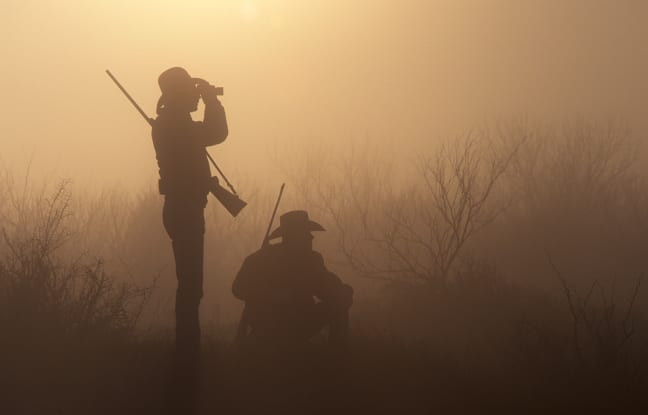
There are moments in the wilderness when silence cuts deeper than sound, when the icy stillness of the night feels alive with unseen eyes. In Roger Valley’s The Fury of Wolves, that silence is broken by the echo of gunfire and the growl of predators. What makes this story so strong is not simply the clash between man and beast, but the haunting realization that the hunter and the hunted are often mirrors of one another. Both are driven by instinct, by survival, by vengeance—and both walk a razor’s edge where the difference between life and death can vanish in a heartbeat. Set in the unforgiving wilderness of Northern Ontario, this novel plunges us into a world where trappers and wolves collide in battles as primal as the landscape itself. Valley, a lifelong trapper himself, doesn’t spin a fanciful tale detached from reality. He pulls readers into an environment he knows firsthand, where snow-covered forests conceal both prey and predator, and where nature is never merciful. It’s a story that asks a chilling question: when man hunts wolf and wolf hunts man, who truly holds the upper hand?
The story begins with Jesse Nelson, a trapper whose life is tied to the northern wilds. Jesse has spent years watching the cycles of predators and prey, but his obsession begins when he witnesses Kane—the massive black alpha wolf—bring down a moose with terrifying precision. That moment ignites Jesse’s determination to hunt the great beast, not for survival, but for dominance, for proving that man can stand above nature’s fiercest hunter. But Jesse’s decision to fire his rifle sets off more than just a hunt. In the snow-lit darkness, he kills Shawny, a yearling wolf, and gravely wounds Fury, Kane’s young son. That mistake doesn’t just draw blood; it awakens the wolves’ fury and transforms them from shadows of the forest into vengeful pursuers. The line between predator and prey is already blurred. Jesse thought he was the hunter, but by wounding Fury and angering the pack, he has turned himself—and those he loves—into the hunted.
Valley paints Kane not merely as an animal, but as a leader bound by duty, strategy, and instinct. He is a killing machine when he needs to be, but his true strength lies in the iron discipline he commands over his pack. He scouts dangers, disciplines the reckless, and makes sacrifices to protect the future of his family. In many ways, Kane mirrors the trappers themselves—calculating, protective, and ruthless when the stakes demand it. When Jesse crouches in his winter camouflage, waiting for the pack, the story lets us see through Kane’s yellow eyes as well. He senses danger, he recognizes traps, and he fears man’s weaponry. Yet even in fear, he is willing to risk his life for his pup. It’s here that the hunter and hunted reflect one another most clearly: both are fathers, both protectors, both willing to kill for those they love. The wilderness does not distinguish between man and wolf—both are predators trying to survive.
The wolf who carries the story’s deepest wound is Fury. The bullet that tears his ear and cracks his skull doesn’t kill him. Instead, it brands him with both physical scars and a consuming rage. As he awakens beside Shawny’s lifeless body, Fury is no longer just a young wolf; he becomes a symbol of vengeance, shaped by grief and sharpened by memory. From this point on, the hunters are not the only ones tracking prey. Fury’s survival is fueled not only by instinct but by the image of Jesse—the human who destroyed what he loved. This transformation blurs the line even further. Fury does not chase moose or deer for food alone; he carries a personal vendetta, much like Jesse hunting Kane. In the wilderness, both human and wolf become killers driven by something greater than hunger. They are bound by loss, fury, and the will to strike first. Jesse’s father, Dean, adds another layer to this tense struggle. Scarred by the death of his wife, Dean understands the cost of loss, and when he sees the wounded Fury stare at Jesse with murderous intent, he voices the chilling truth: “That wolf plans on killing you, son.” Dean recognizes that what began as a hunt has spiraled into a vendetta between species. He also knows that survival now depends on understanding that wolves are not mindless beasts—they are intelligent, emotional, and vengeful, just as men are.
At its core, The Fury of Wolves asks us to reconsider who the true predator is. The wolves kill to feed their pack, to survive the harshness of winter, to continue their bloodline. Men, on the other hand, kill for control, pride, or vengeance. Valley doesn’t romanticize either side; wolves can be brutal, tearing apart moose and rival packs without mercy. Yet men, armed with rifles and traps, can unleash even greater cruelty. This creates the worrying realization that humans and wolves are not opposites—they are rivals cut from the same cloth. Both obey instinct, both protect their own, and both can become monsters when threatened. The wilderness does not crown man as superior. Instead, it exposes the thin, fragile line that separates hunter from hunted, reminding us that dominance in nature is always temporary.